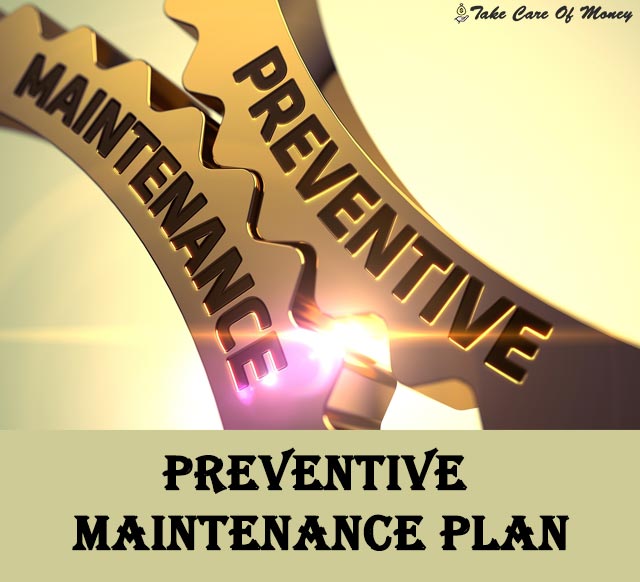Table of Contents
In your company do you do preventive or corrective maintenance? Surely the latter, which can lead to serious losses for the company since acting only in the event of a breakdown reduces the productivity of the company. Instead, if we follow preventive maintenance we minimize the risk of breakdown, and although the threat is always latent, failures caused by lack of maintenance are reduced.
And to anticipate them, it is essential design and implements a preventive maintenance plan, what we can do following the following guidelines.
Change of habits
Applying a preventive maintenance plan requires a change of habits since we will have to incorporate a series of routines to verify that everything is in order, something that until now did not exist. To do this, we will have a series of reviews, a checklist with the machines or topics to be reviewed, priority equipment, etc. Some changes that the entire staff must assume.
Inventory of assets and shares
Our company has different assets, each with its needs. Some will require more intervention and others are not as critical or have a lower risk, so prevention efforts will be less. Therefore, it should be done inventory of all the equipment we have and the actions we will carry out for maintenance. But that is not enough, we should also schedule these actions, knowing what to do on a weekly, monthly, quarterly, semi-annual, annual basis, etc.
Set priorities
While we do the Inventory of assets we can identify priority assets. Any company has a series of machines or tools you can’t work without. Having clear priority assets in the development of the preventive maintenance plan is essential for the future of the company. If we prevent them from breaking down, we will not have to stop production. Therefore, they will be our top priority. Thus, we can follow a scale of priorities in prevention according to the relevance of each team.
Consult the instructions of the equipment
When the company buys a piece of equipment, it includes an instruction manual that shows the maintenance guidelines to follow. The development of our preventive maintenance plan is the best time to stop at read those instructions and analyze if we were acting well or not. Obviously, we will have to include the maintenance guidelines indicated in that manual in our preventive maintenance plan.
Appoint a maintenance officer
Same as him marketing plan has a marketing director, the preventive maintenance plan needs a responsible for ensuring compliance. In addition to ensuring that the established guidelines are met, you can take care of the Predictive Maintenance, that is, the analysis of the wear of the assets so that the breakdowns can be predicted and anticipated. Although a priori the team is fine, there are always indicators that alert us to a possible problem in the future.
Maintenance KPIs
Every plan has an objective, and in this case, the objectives of the preventive maintenance plan are to reduce failures, increase the availability of equipment, reduce accidents or incidents arising from the use of these assets, prolong their useful life, reduce the cost of repairing breakdowns, etc. Are being fulfilled? We will have the solution checking the compliance with a series of indicators or KPIs set when designing the plan.
Like any document of this nature, the preventive maintenance plan is not a closed strategy but quite the opposite. We should be open to revisions and improvements to the plan, especially if the objectives are not met that we have set. From the objectives, we can check what has worked, what has not and how we can continue to improve the maintenance of our equipment.
